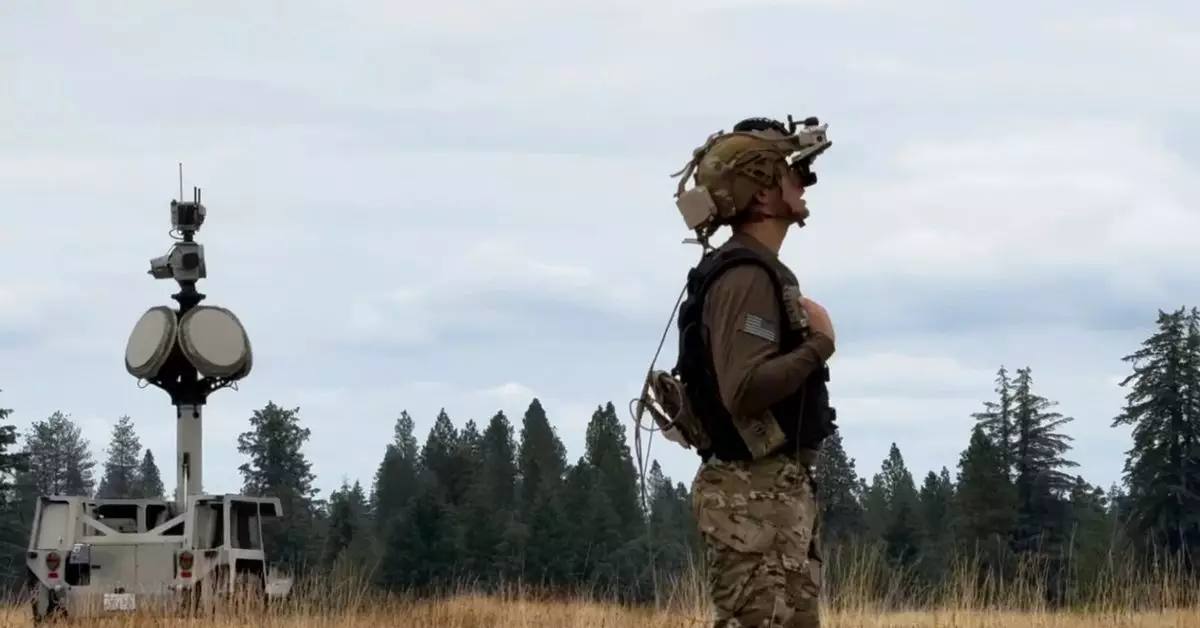In an intriguing collaboration that merges cutting-edge technology and military applications, Anduril Industries, led by Oculus VR founder Palmer Luckey, is joining forces with Microsoft. This strategic partnership aims to enhance the capabilities of the United States Army’s Integrated Visual Augmentation System (IVAS) by integrating Anduril’s advanced Lattice software. By equipping the army’s mixed-reality headsets with real-time data accessed from drones, vehicles, and aerial defense systems, the project promises a significant step forward in combat readiness.
The implications of this collaboration reflect how military operations are increasingly adapting to technological advancements. With Lattice integrated into the IVAS system, soldiers may receive alerts about potential threats even before these are visually detectable. Luckey, in his vision for the project, paints a picture of enhanced soldiers equipped with an almost superhuman level of situational awareness. His ambition echoes the imaginative landscapes of science fiction, reminiscent of technologies depicted in classic literature such as Robert Heinlein’s “Starship Troopers.”
The journey to developing the initial IVAS headset has not been without its obstacles. Earlier prototypes rolled out by Microsoft encountered a slew of issues, including discomfort such as headaches and eyestrain during field tests. However, the company has shown adaptability and resilience, making design revisions aimed at addressing these criticisms. With further refinements expected ahead of additional testing slated for early 2025, Microsoft conveys a commitment to ensuring that these devices not only meet military needs but also prioritize the well-being of their users.
The U.S. Army’s substantial investment of up to $21.9 billion over the projected 10-year IVAS project demonstrates a serious commitment to modernizing its combat technology. The potential for leveraging artificial intelligence within these systems might revolutionize how soldiers engage with real-time data, impacting strategy and execution on the battlefield. This financial backing indicates not only a belief in the technological advancements being explored but also reflects a broader trend toward integrating sophisticated tech solutions in national defense strategies.
The collaboration between Anduril Industries and Microsoft marks a pivotal moment in military technology, one that reflects both the promise of innovation and the challenges of execution. As the world increasingly leans into augmented and mixed-reality solutions, the expectations for such systems grow ever higher. The IVAS project represents a leap into the future of military operations, raising critical questions about the ethical implications and operational impacts. With technology continuing to evolve at a rapid pace, the outcomes of these initiatives will not only influence the battlefield but could also shape the broader landscape of defense technology for years to come.

